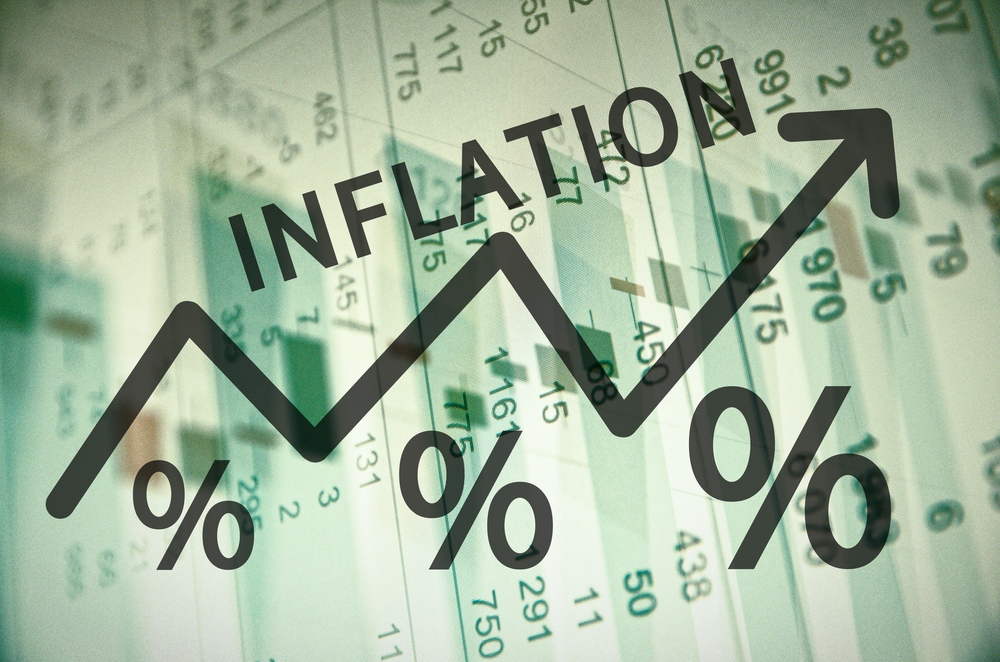If you’re of a certain age, you can remember two things…
When dinosaurs walked the earth (as my son likes to kid me), and when interest rates were at an ungodly 20%.
That was 1980. Interest rates and inflation — how high would they go? — dominated not just the financial headlines, but popular thinking too.
Thirty-seven years from today, will we look back on 2016 in the same way — as the year interest rates truly bottomed?
In 1980, you could get a bank CD yielding 12%. (Sounds great, but prices were rising at a similar annual clip.)
Money funds, not mutual funds, were the hottest thing. The No.3 financial paperback that year was William E. Donoghue’s Complete Money Market Guide.
And inflation — stuff getting more and more expensive — was a fact of life. We went through Nixon’s wage and price controls, Gerald Ford’s “WIN” buttons (Whip Inflation Now), and even more “stagflation” under Jimmy Carter. Nothing seemed to work.
The idea that interest rates (and inflation) were peaking was met with a typical “Ya gotta be kiddin’ me!”
So if your reaction today to the idea that rates have truly bottomed is a variation of the above, then you already have the answer: Yes, rates have bottomed.
Or you can look at the yield of the U.S. 10-year Treasury note.

Back in July 2012, the yield for the 10-year note touched what was then an all-time low of 1.39%. Four years later, another flurry of bond buying drove yields down to the same level. And what happened after that?
Bonds started ticking higher. Since Trump’s election, of course, it’s really rocketed — the yield has now spiked above 2.3% as investors have plunged back into the market on the belief that Trump is going to be a big supporter of Wall Street.
It doesn’t look like much — but the recent spike in yields on a global basis was the biggest such move in 25 years.
And why the revulsion, the massive selling of bonds, among the world’s legion of debt buyers?
Cue the Phil Collins soundtrack: They can feel it coming in the air … inflation. Maybe it’s not coming “tonight” — but it’ll be here far sooner than the maturity dates on their bonds.
Inflation: New Game, Old Scorecard
Yes, we can all scoff. We’ve all been told for years now that interest rates will be “lower for longer.” (The Fed definitely doesn’t have an economy strong enough to tolerate significantly higher interest rates.) That’s what should have you worried. Economists, strategists and experts of every stripe can say: “We don’t see it happening. The data doesn’t support it.”
That doesn’t mean it won’t happen. Ask Enron’s investors. Ask house flippers in 2006. Ask Bernie Madoff’s victims. Ask the election pollsters.
Strategists are still working from the old scorecard. You can see it when they make comments like this one, from a strategist at BlackRock: “The reason why the 10-year Treasury is not going to 3.5 percent is because international demand will still be there.”
Can he or anyone else really be so sure, when decades’ worth of status quo — on international trade, monetary policy and tax policy — is up for a serious rethinking in Washington?
The spike in interest rates has already filtered over to demand for mortgages. In the days after the election, weekly mortgage applications dropped more than 9%, while the rate for a 30-year mortgage shot up to 4.02% — the largest spike since June 2013.
Since then, mortgage rates are even higher, up to 4.12%.
When it comes to auto loans, Edmunds.com recently noted that a third of all trade-ins toward the purchase of a new car this year “have negative equity.” They owe more than their old car is worth — and the dealer obligingly rolls what’s owed on that into the loan for the new car.
So far, rates on car loans are only up modestly. Lenders want 4.23% for a five-year car loan, compared to 4.2% back in September, according to Bankrate.com. But you can imagine the potential impact on car sales as rates move higher in time, and prospective autobuyers realize that the math makes even less sense than it did before.
It’s yet another sign of an economy addicted to ultralow interest rates — and the syringe hasn’t even been pulled out yet.
So if I’m right, and this is the bottom for interest rates and inflation, what do you do about it?
Buy gold.
The last time America faced an inflationary period was the 1960s and 1970s. Gold wasn’t legal for Americans to own, of course, until 1971. But it rose from $65 an ounce at the start of 1973 to more than $600 by the end of the decade; a new generation of investors learned the benefits of owning gold. And it looks like the lesson may be taught again in the years to come.
Kind regards,
JL Yastine
Editorial Director
